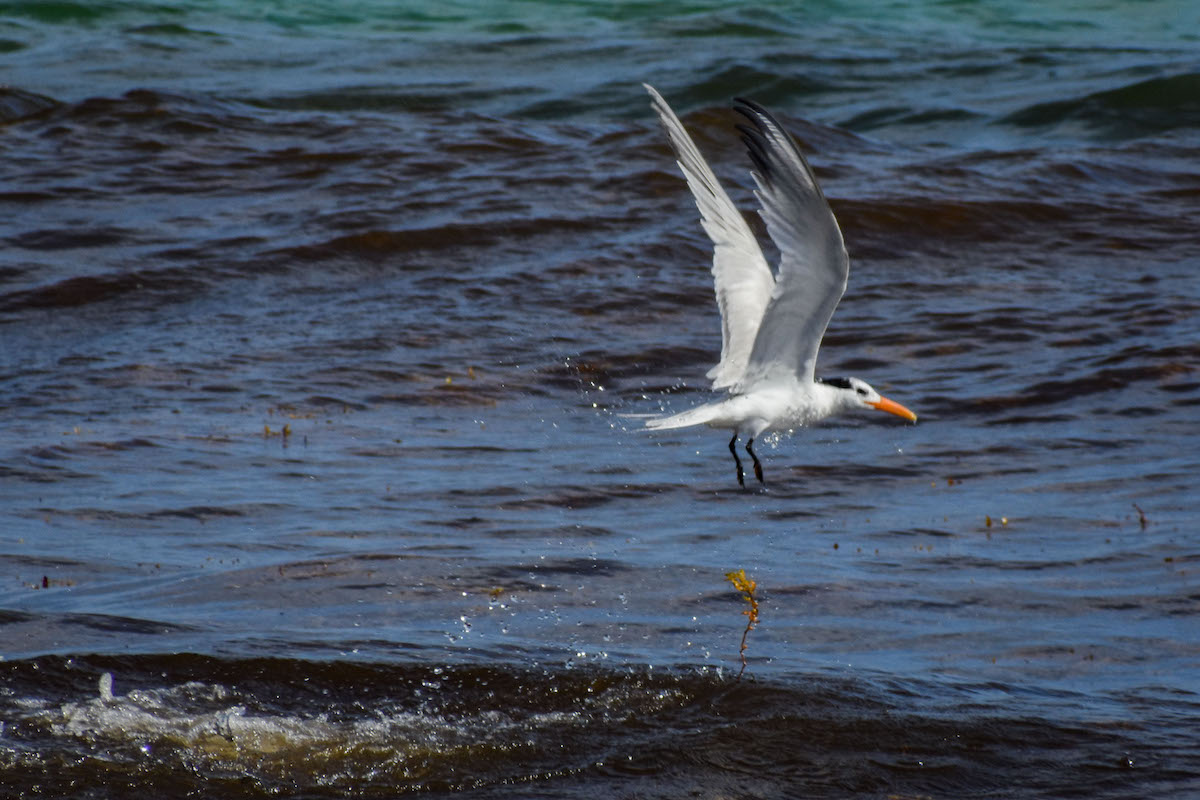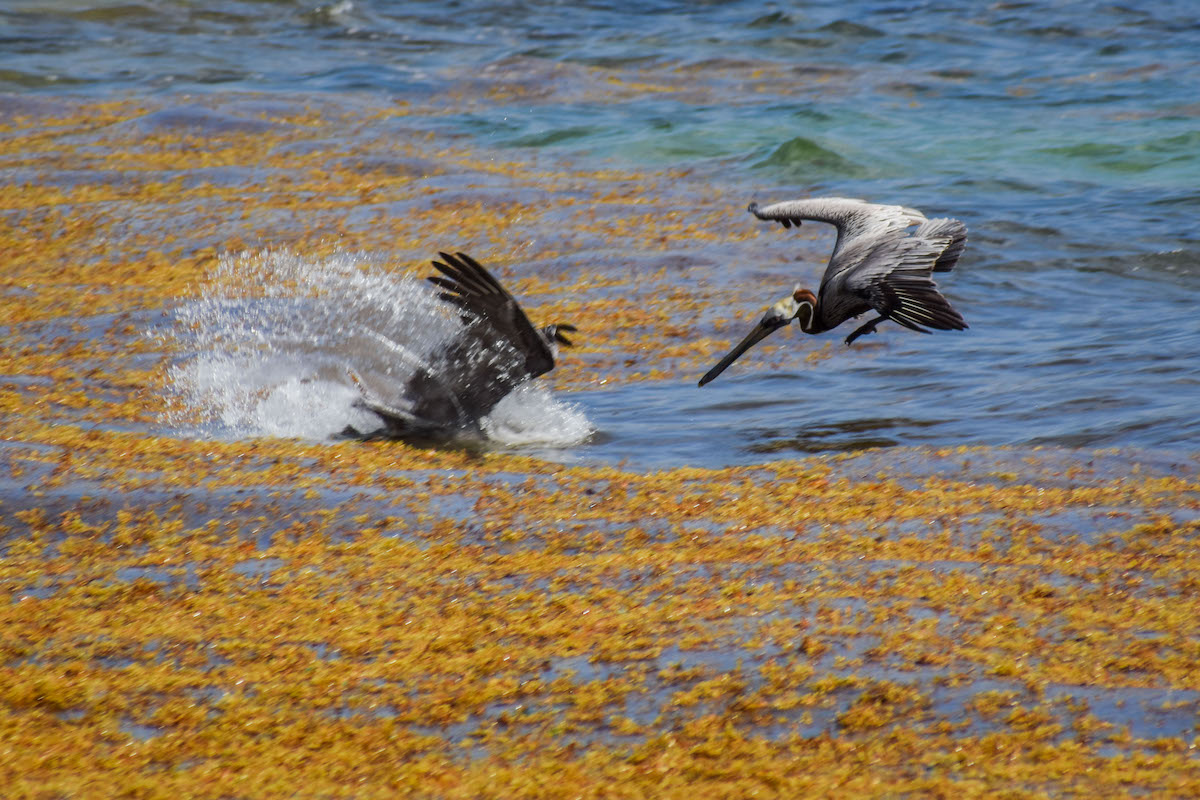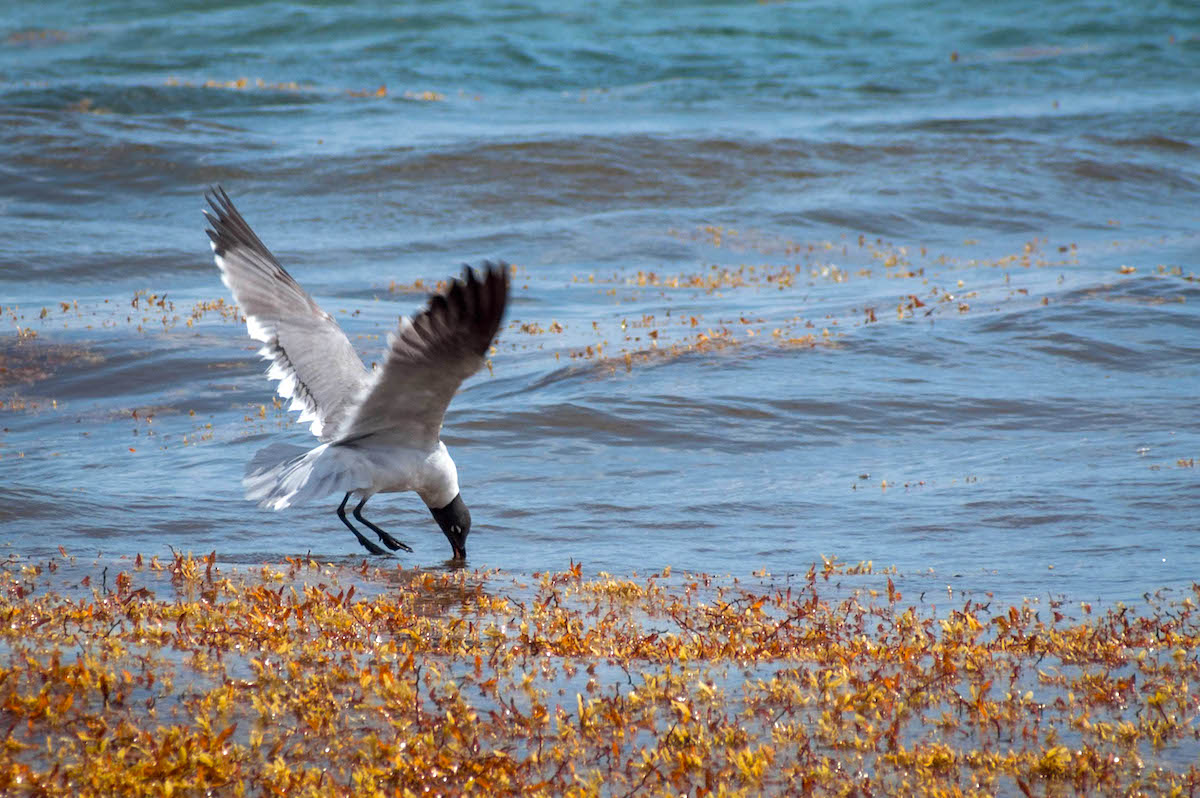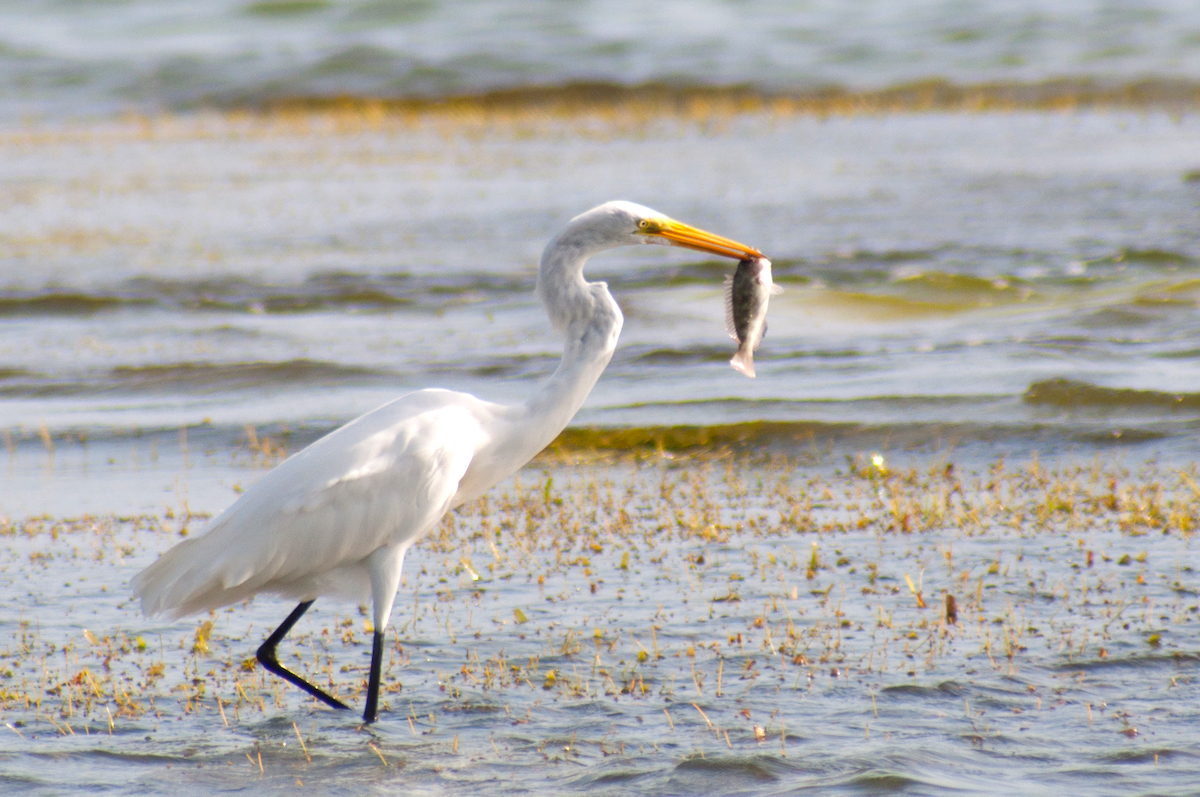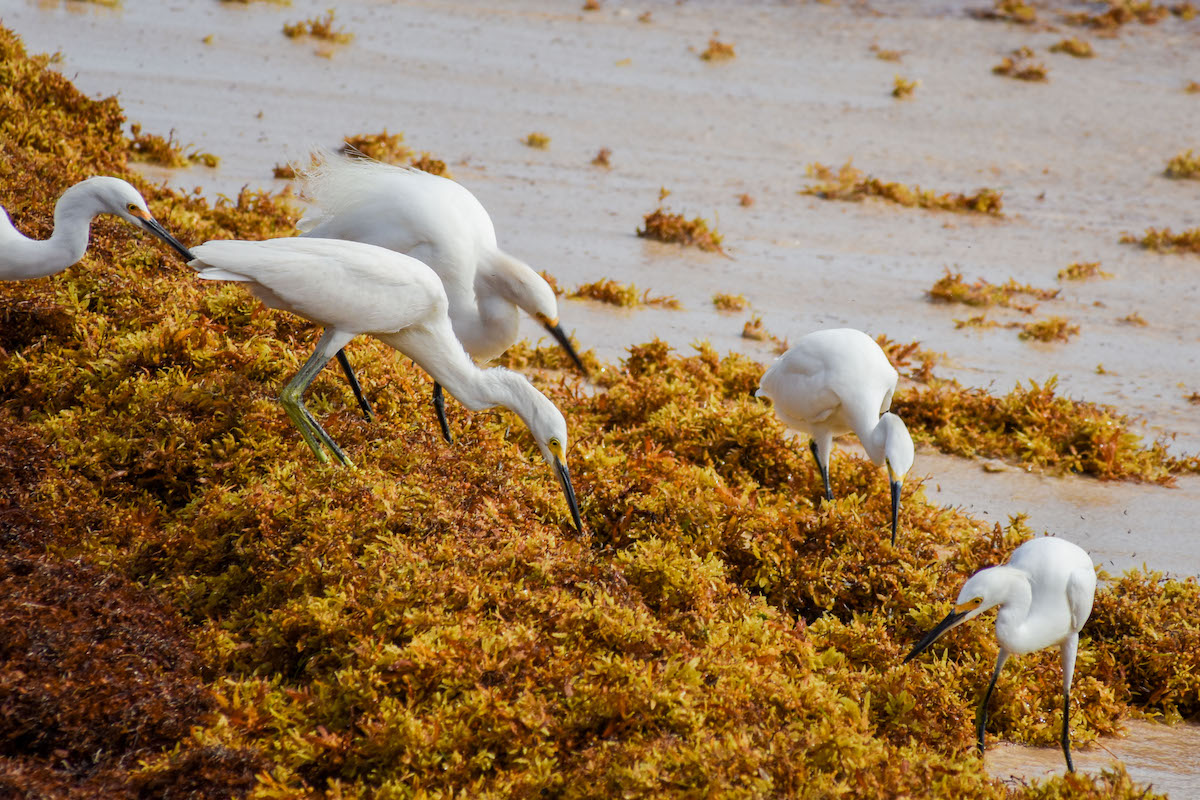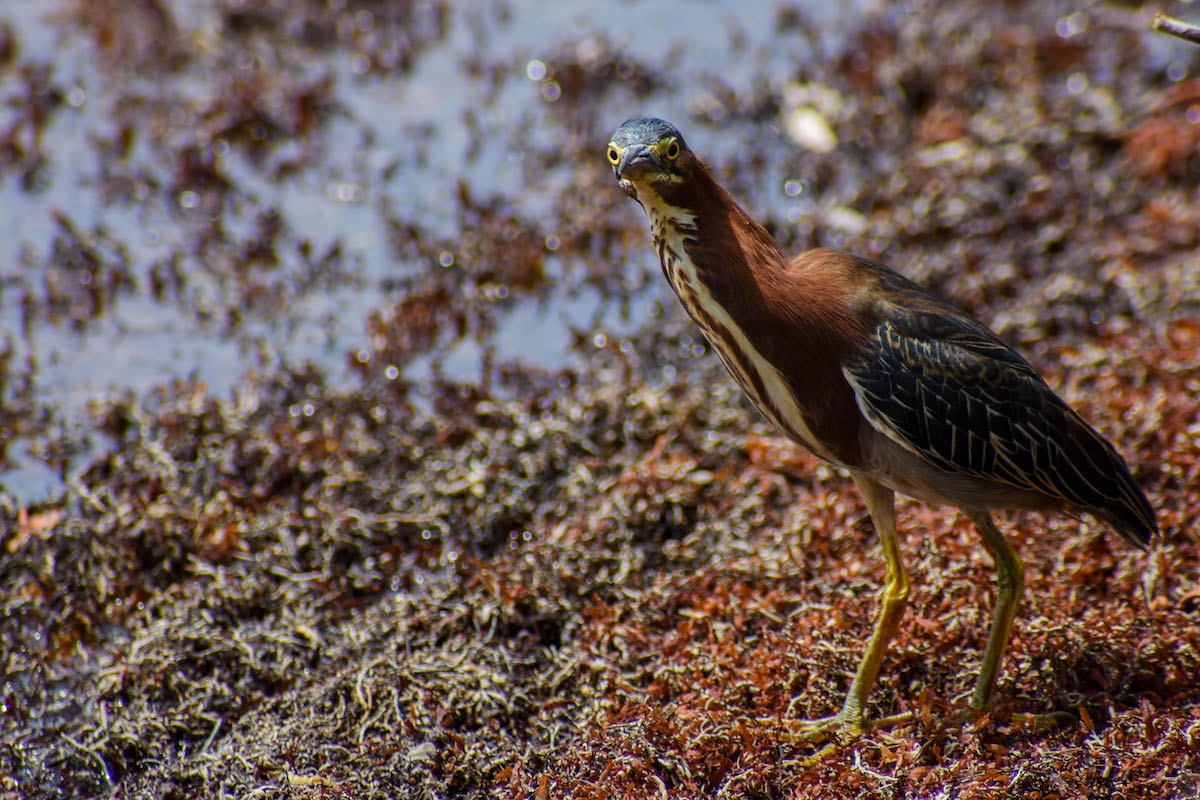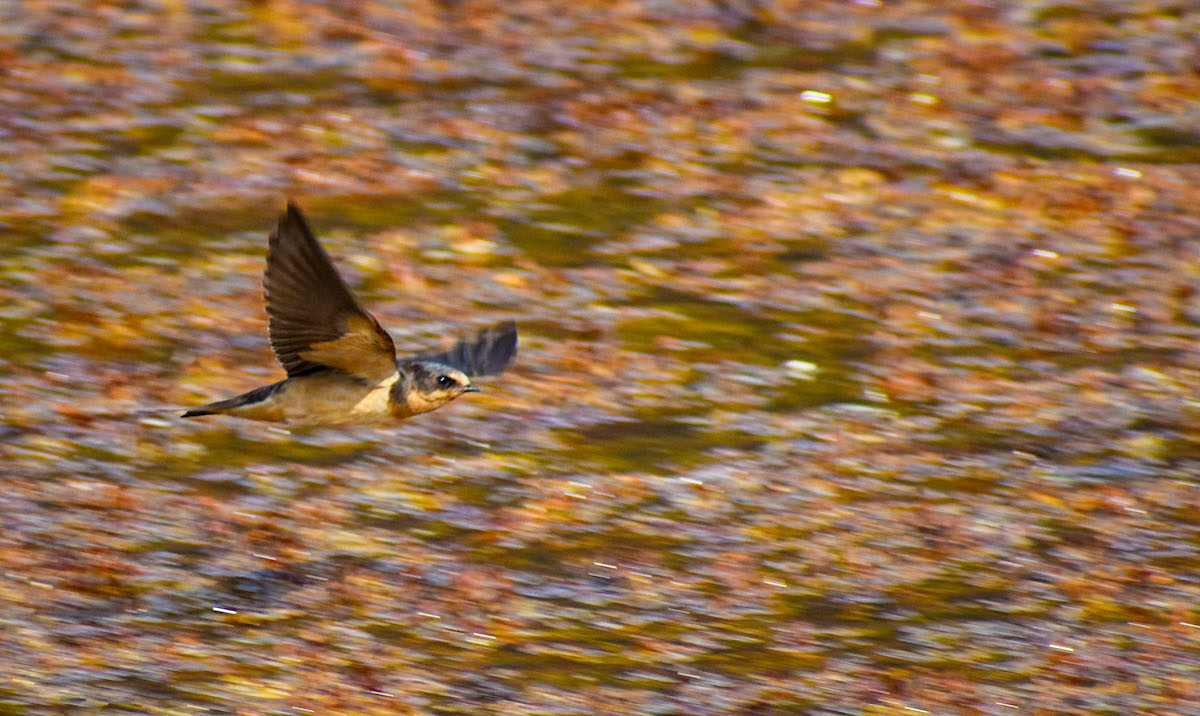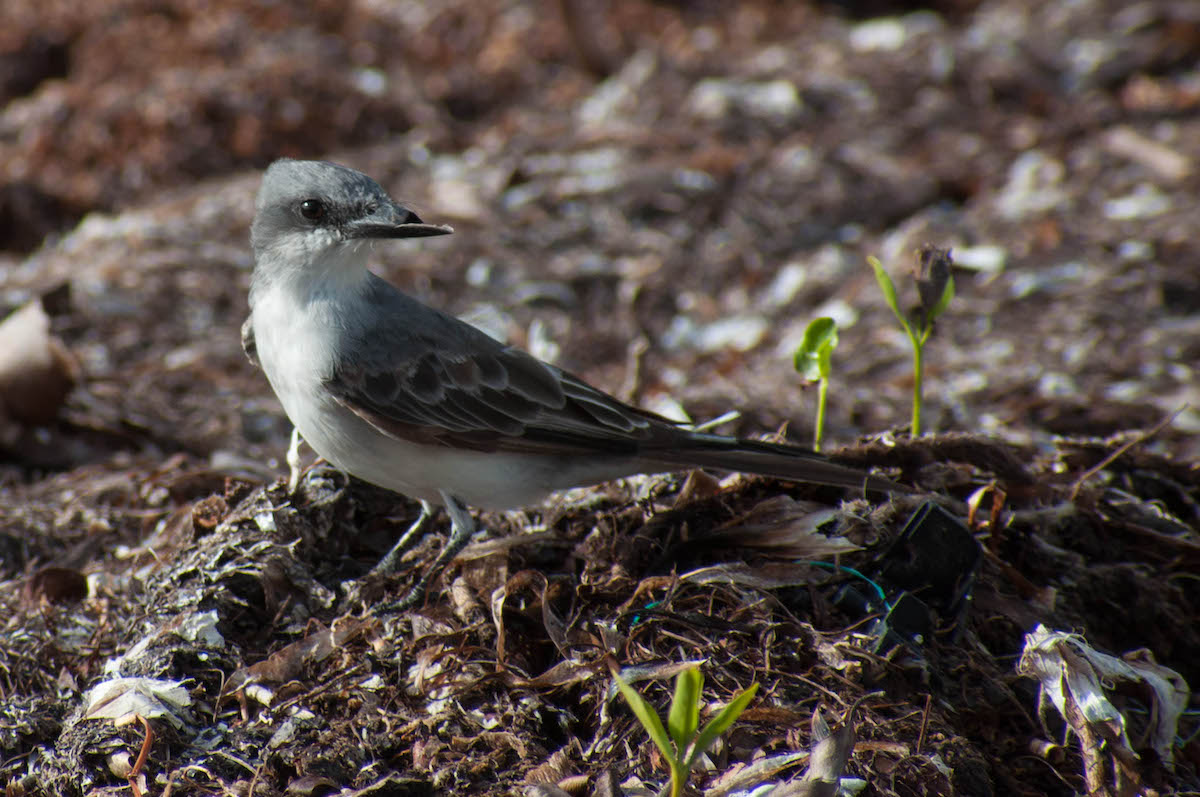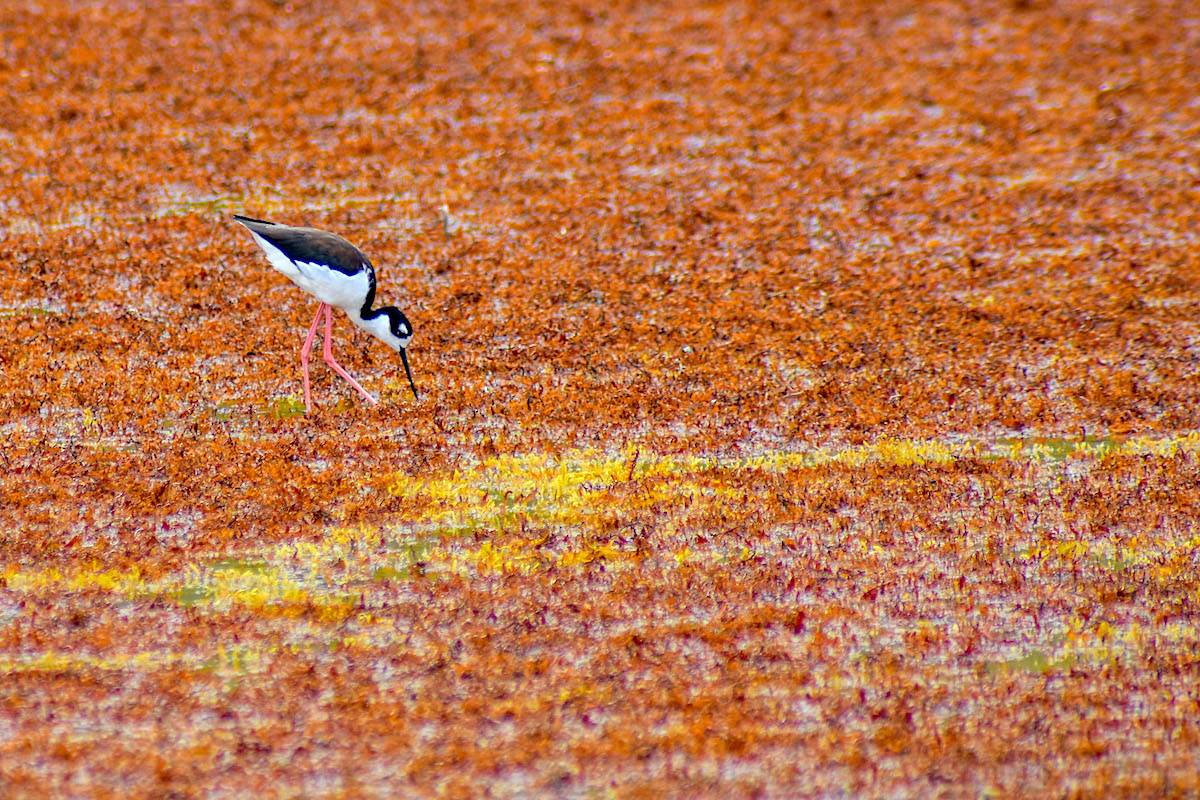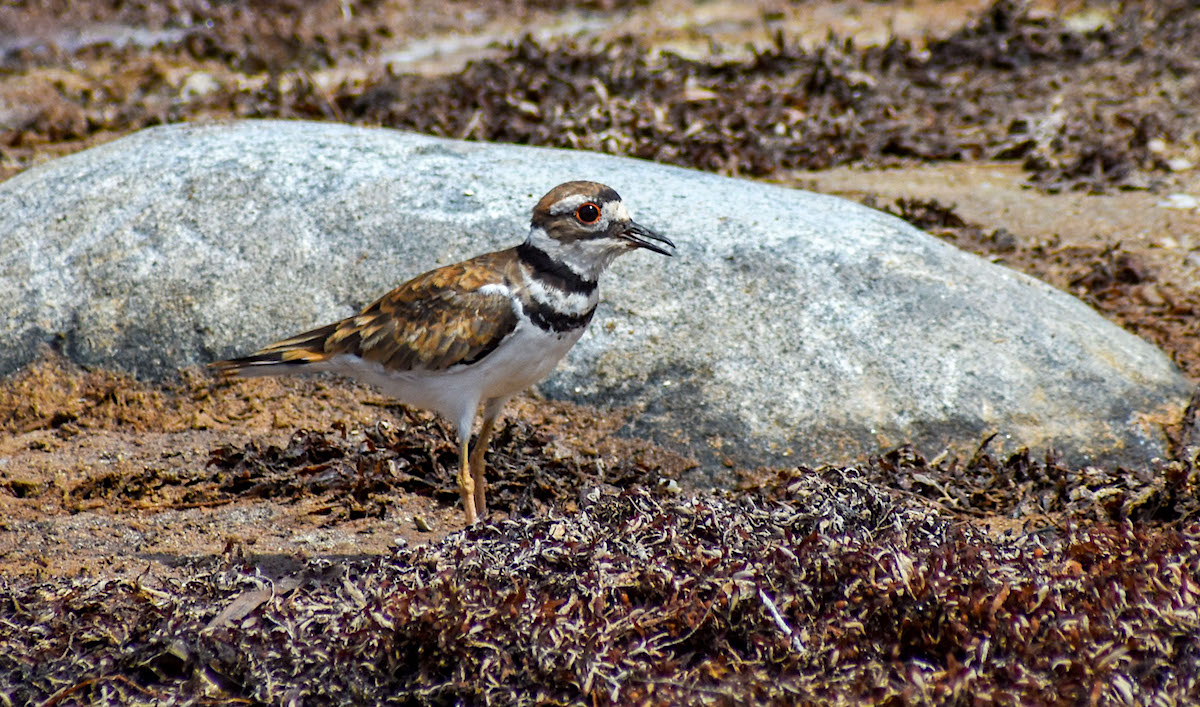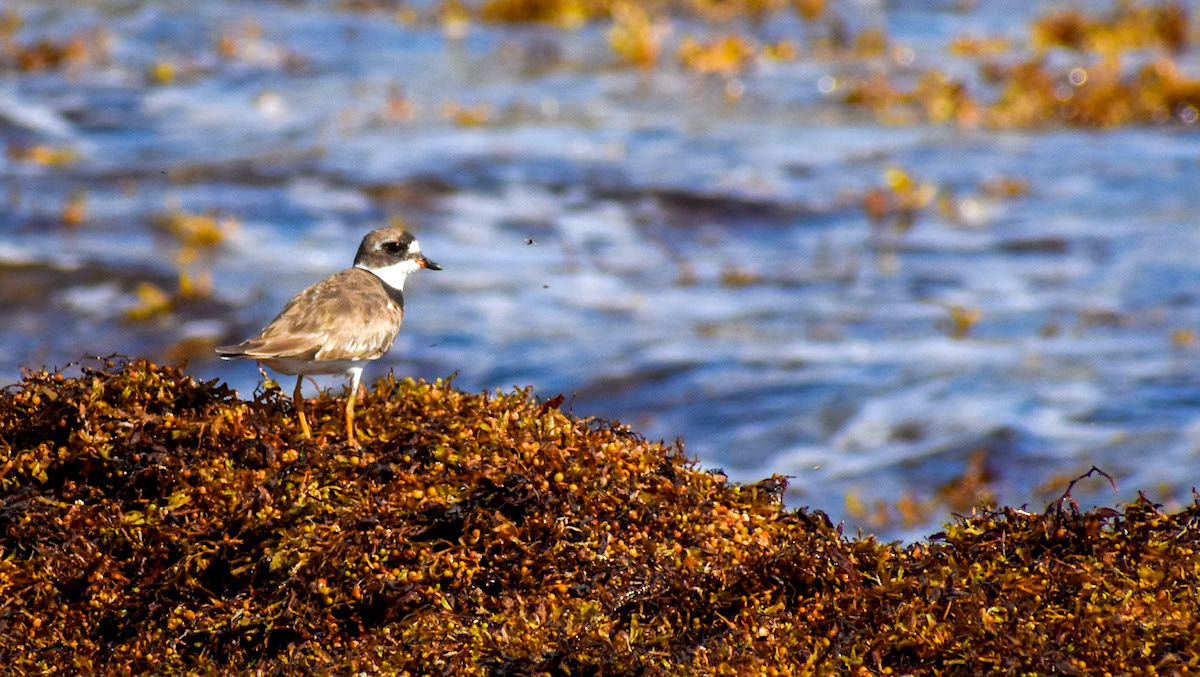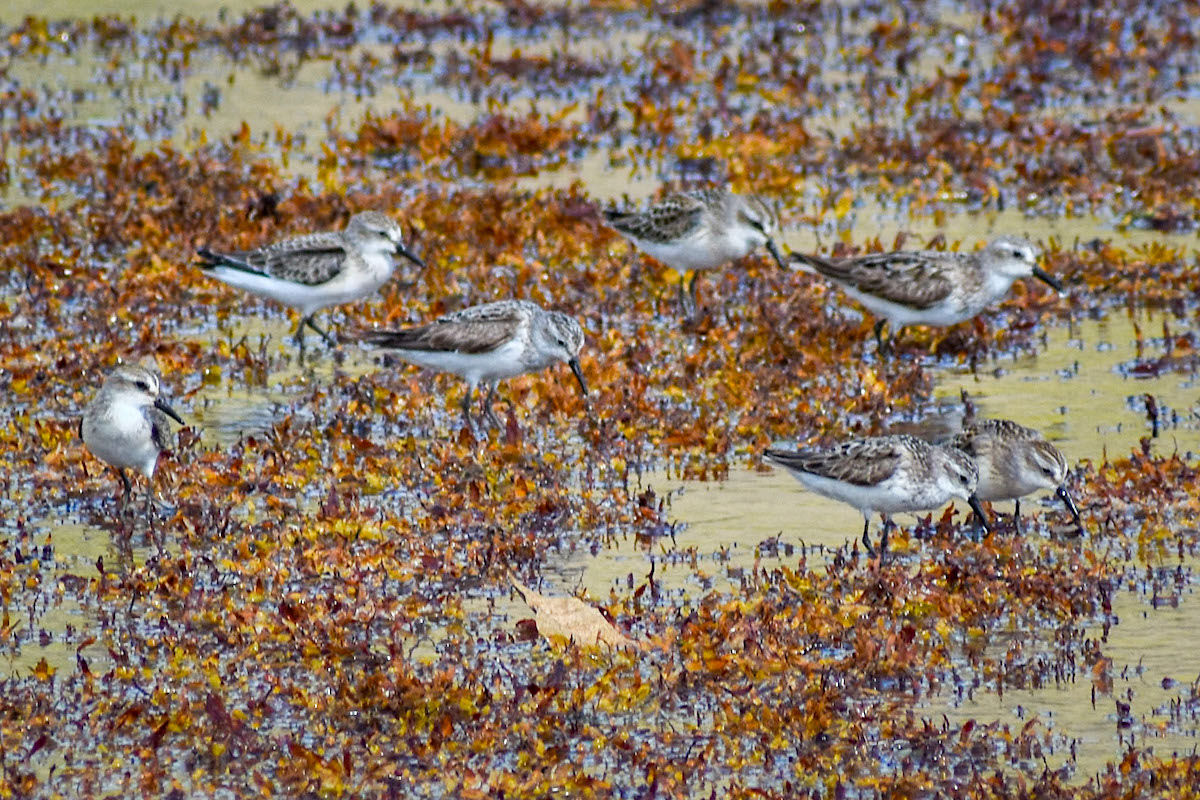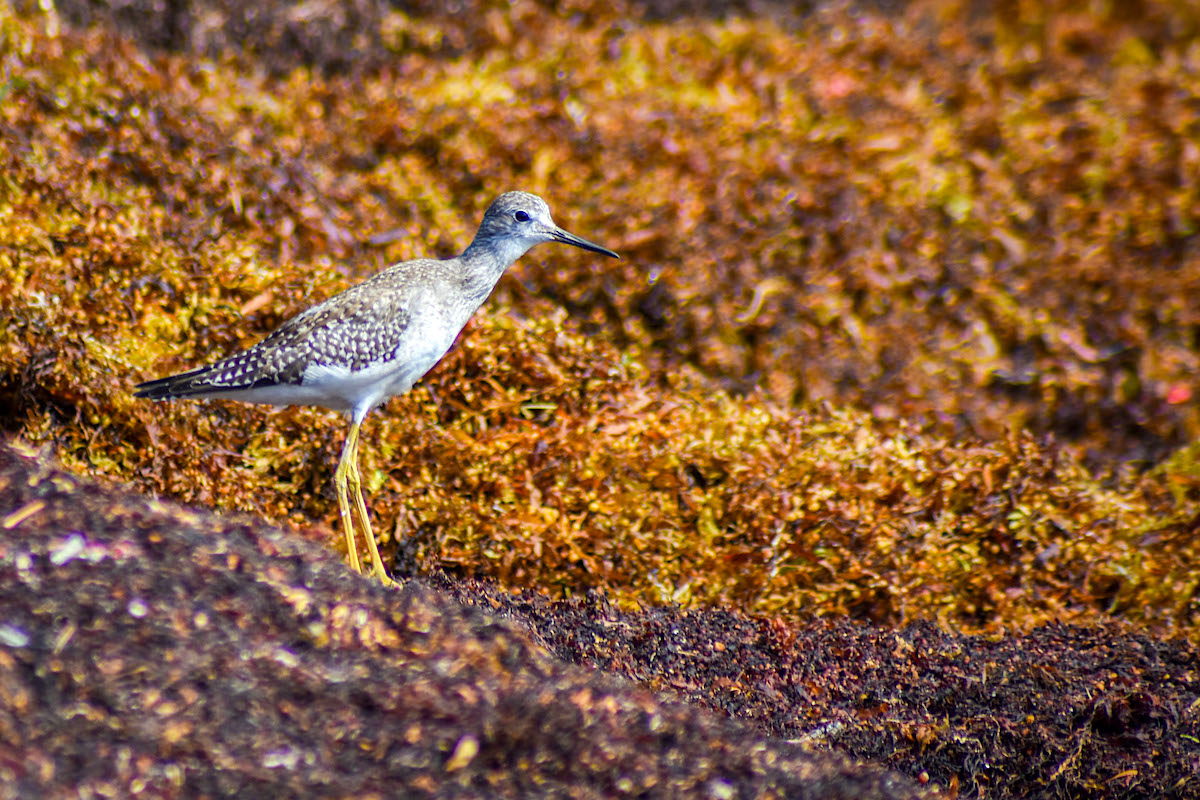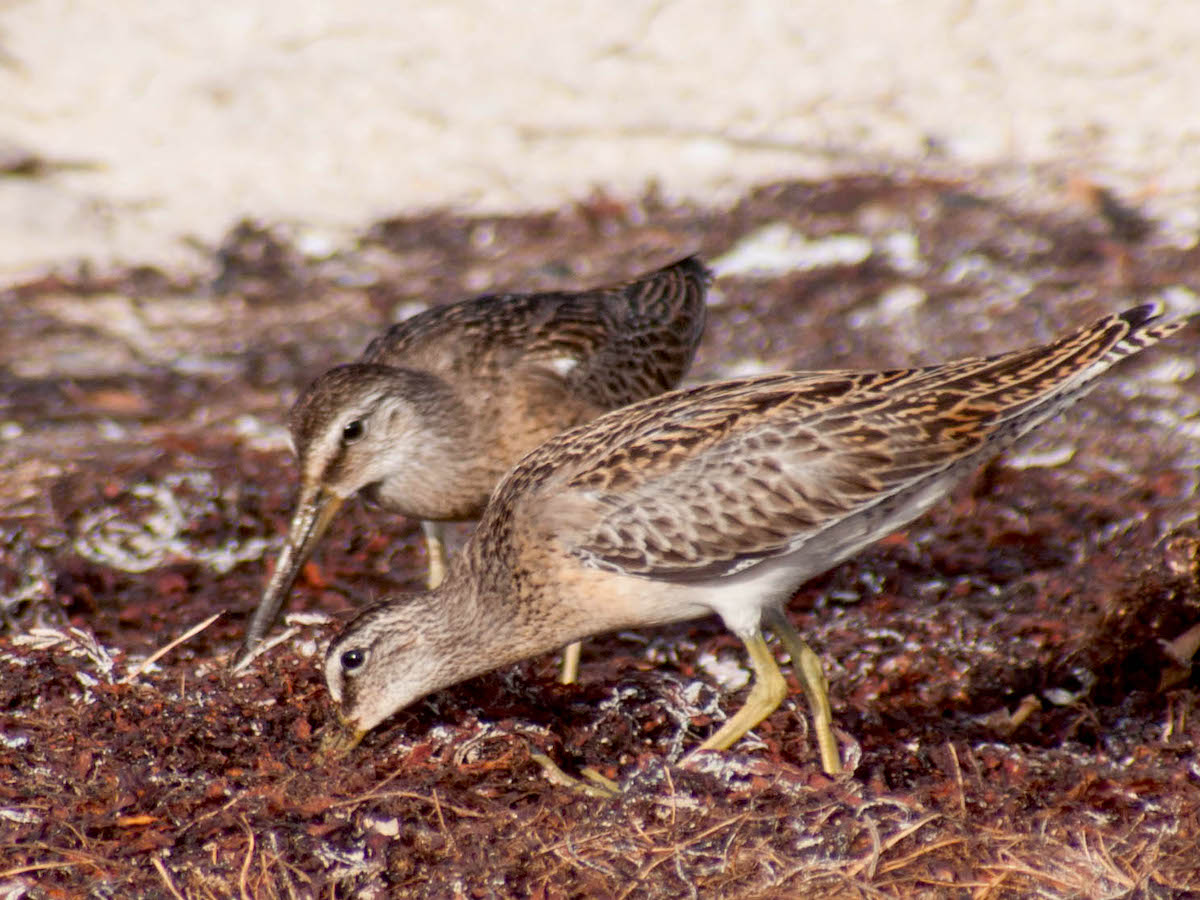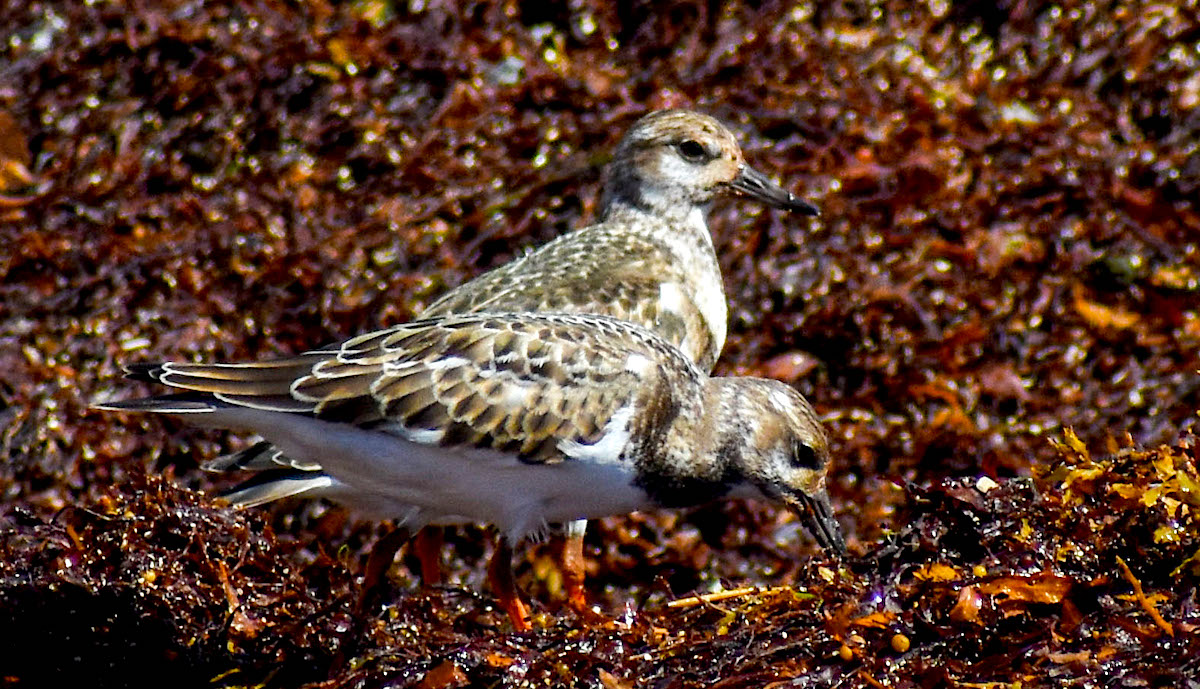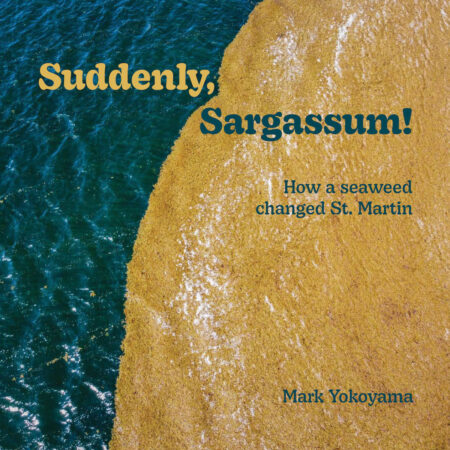 On the island of St. Martin, the Les Fruits de Mer association recently released the book Suddenly, Sargassum! The book digs into the sudden arrival of this floating seaweed, which is a threat to ecosystems and livelihoods. But sargassum is also a resource and habitat for many kinds of life both in the sea and on the land. The book, full of beautiful photos and informative text, is available in English and French on the association’s website as a free download – check it out and feel free to share with others.
On the island of St. Martin, the Les Fruits de Mer association recently released the book Suddenly, Sargassum! The book digs into the sudden arrival of this floating seaweed, which is a threat to ecosystems and livelihoods. But sargassum is also a resource and habitat for many kinds of life both in the sea and on the land. The book, full of beautiful photos and informative text, is available in English and French on the association’s website as a free download – check it out and feel free to share with others.
Birds and Sargassum
Wherever there’s sargassum, you will probably find birds. Many different kinds of birds look for food in and near sargassum. The sargassum can help them find food in several ways.
When sargassum is floating in the water, schools of small fish hide underneath it. Birds like the Royal Tern and Brown Pelican dive into the water near sargassum patches to catch these fish.
When sargassum collects in shallow bays, long-legged birds like the Great Egret stand in the water and pick food out of the sargassum. Sargassum Swimming Crabs are probably one of the things they hunt this way.
When sargassum is on the shore, shorebirds are often picking through it to find amphipods and other small animals to eat. Most of the shorebirds in the Caribbean are long-distance travelers that spend the fall and winter months here, and the summers in North America.
There are even a few land birds that use sargassum. Barn Swallows are small birds that eat flying insects. When sargassum is rotting on the beach, it often has clouds of flies above it. Barn Swallows will fly just above the sargassum to catch them. The Gray Kingbird, which usually isn’t near the beach, will sometimes catch flying insects by sargassum, too.
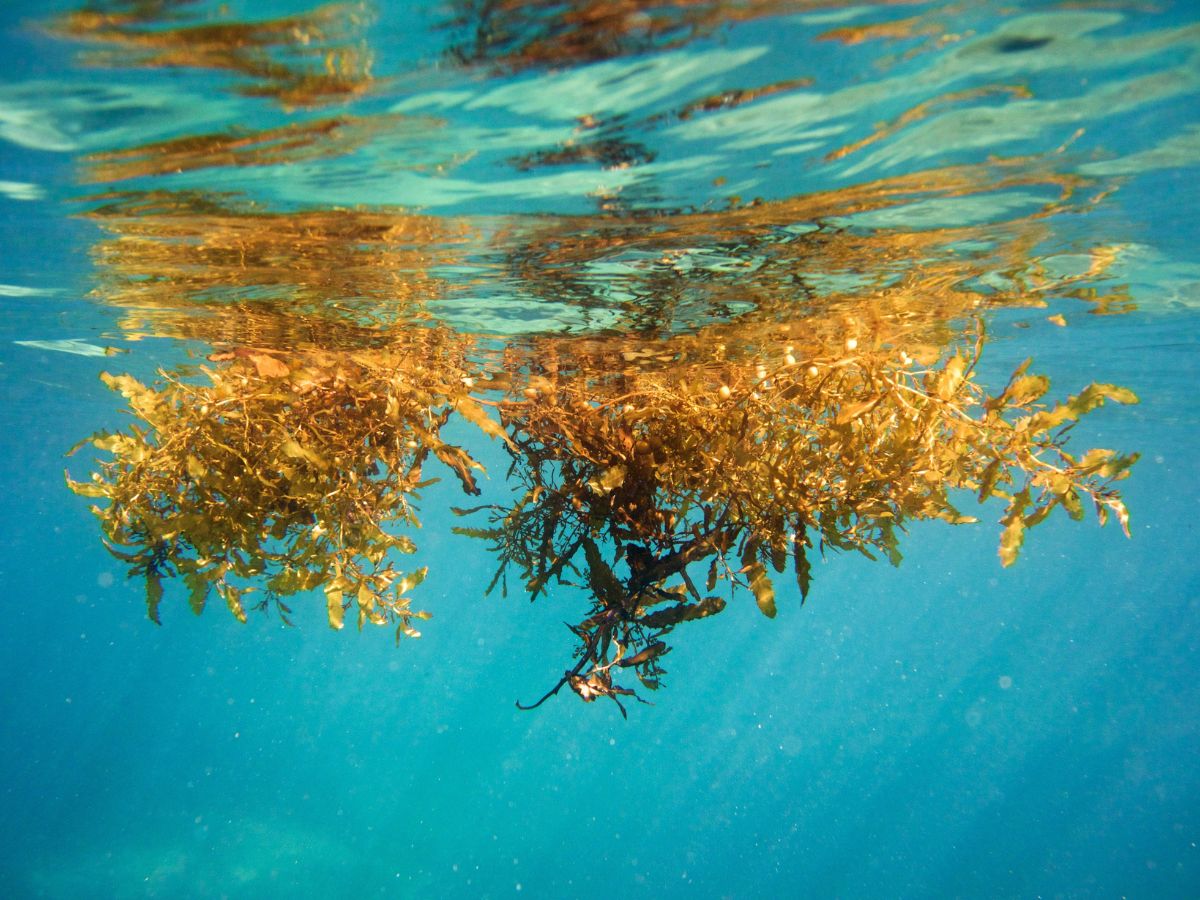
A Feast for Guests
Migratory birds spend their summers up in North America, sometimes as far north as the Arctic Circle. That’s where they nest and raise their chicks. When it gets colder up there, they fly south to the Caribbean and South America. Most begin to arrive between August and October.
Shorebirds usually live near beaches and ponds. They mainly eat little animals living in water, mud or sand. They often have long legs for standing in mud or water. They have long bills for digging around to find insects, crabs, snails and other foods. After the long flight to the Caribbean, they must rest and eat. They seek out coastal areas and shallow ponds where they can live and find food until they fly back north in the spring.
Spring is usually our hottest and driest time of the year, and it usually gets rainier over the summer. This makes the ponds healthy and full of food by the time these birds arrive. However, in recent years summers have been very dry. Some ponds have been drying out completely and don’t refill until rain comes in the fall. When the shorebirds arrive, they are empty.
Over these same years, sargassum has been arriving in the spring and summer. It piles up on the beach and is full of tiny creatures these shorebirds can eat. If the ponds are dry, these birds go to the beach to find food in the sargassum.
Migratory shorebirds have found amazing ways to live their lives. They travel thousands of kilometers north each year to find a safe place to raise their chicks. They cross seas and avoid hurricanes to travel back south. They know which places make the best stops in between. As climate change has made the summer drier, they have adapted again, finding food in the sargassum when the ponds are dry.
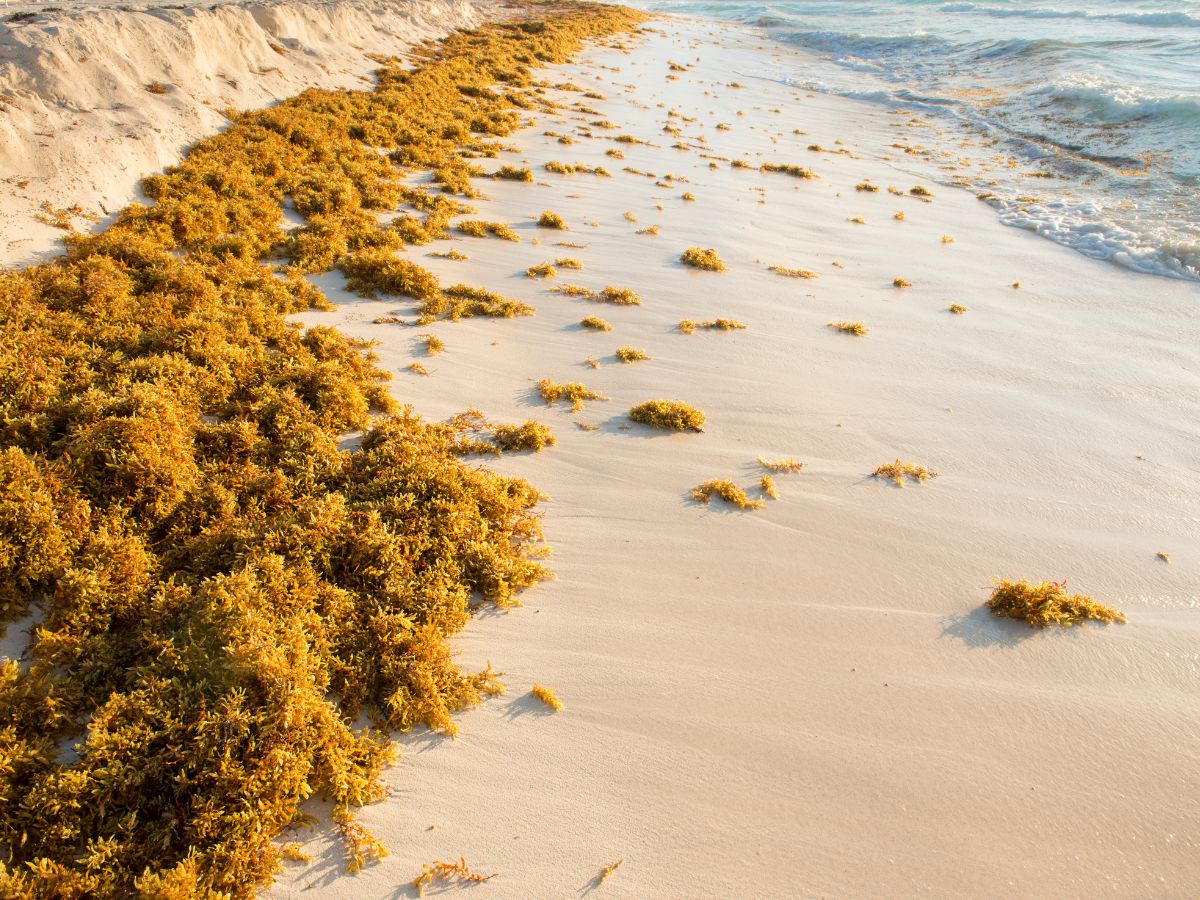
Sargassum Bird Guide
Wherever you see sargassum, you will probably see birds. There are more than 30 kinds of birds that hunt for food in sargassum. Many of them are birds we normally see at sea or on the beach. Others are usually found inland or on ponds. In just a few years, all of these birds have learned to use the sargassum.
In this guide there are sixteen kinds of birds that are commonly seen around sargassum on the island of St. Martin. Scientists are still learning which birds use sargassum and how. If you write down your observations of birds using sargassum, you can contribute to this research.
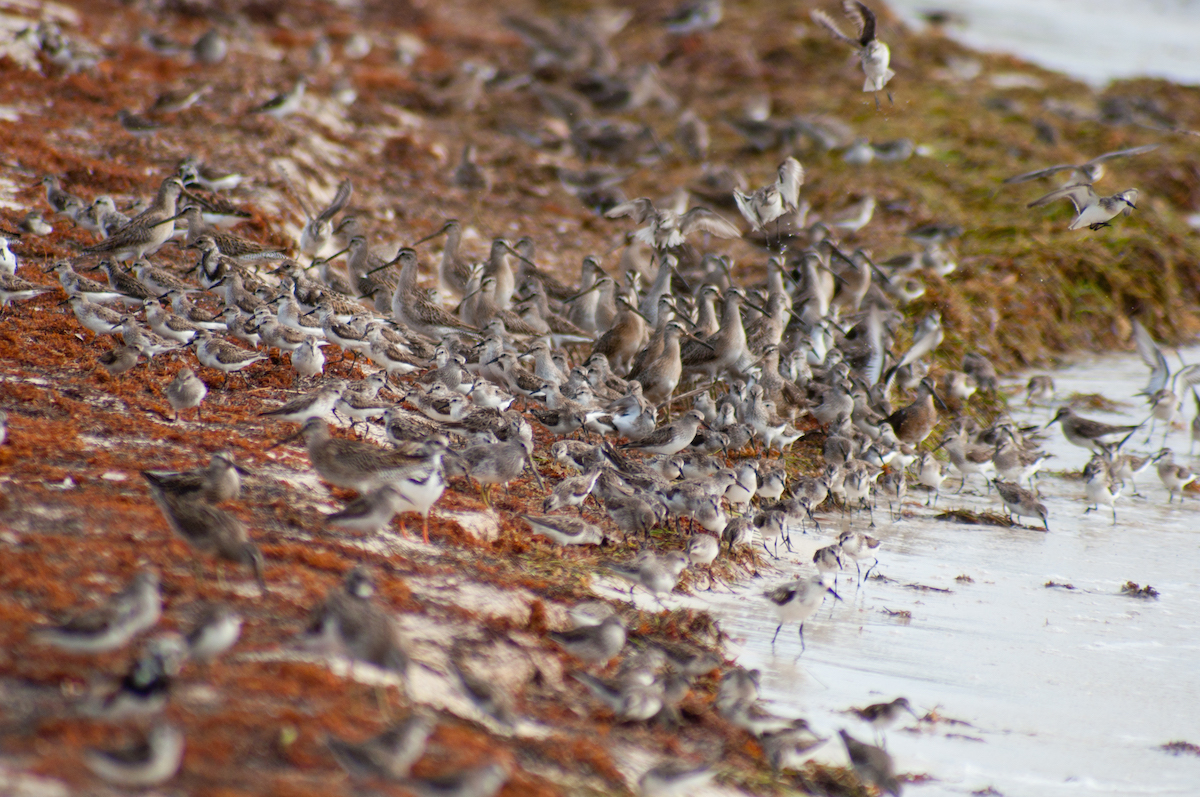 A mixed group of shorebirds forages for food on a sargassum-covered beach. In this photo there are dowitchers, plovers, sandpipers and turnstones.
A mixed group of shorebirds forages for food on a sargassum-covered beach. In this photo there are dowitchers, plovers, sandpipers and turnstones.
Seabirds
Some seabirds hunt for fish near sargassum in the open ocean like the Sargasso Sea. The sargassum attracts fish because it provides food and shelter for them.
The Royal Tern and the Laughing Gull are birds that hunt near sargassum in the open ocean. The Brown Pelican is a bird that stays near land. It learned to fish near sargassum when the seaweed started arriving.
Royal Tern (Thalasseus maximus) – This tern (below) hunts near sargassum in the open ocean and near the shore. It dives for fish around the edges of sargassum mats in the water. It catches one fish at a time in its bill, so it doesn’t accidentally eat sargassum.
Brown Pelican (Pelecanus occidentalis) – Diving into the sea, Brown Pelicans catch fish in their giant throat pouch. They drain water from the pouch before swallowing, but they may also eat a lot of sargassum. We don’t know if this is bad for them.
Laughing Gull (Leucophaeus atricilla) – These gulls migrate. They live here from April to October. They feed in sargassum on shore and in the water. On land, they stomp on sargassum, perhaps to expose small animals that they can eat.
Herons
Herons are birds with long legs and pointed bills. White-colored herons are often called egrets. Most herons live near water. On St. Martin, they are usually found by ponds and mangroves.
Herons are very smart and quick to adapt. When fish are trapped in a drying pond, they will gather to eat them all. If their pond dries up, they will hunt for lizards and insects.
Herons and egrets hunt in the sargassum in the water and on shore. It can be an important place for them to find food when ponds are dry.
Great Egret (Ardea alba) – With its very long legs, this egret often wades out to hunt for fish and crabs in the sargassum mats floating near the shore.
Snowy Egret (Egretta thula) – Flocks of Snowy Egrets (below) are common around beached sargassum. They pick through fresh sargassum to find crabs and shrimp that have washed up with the seaweed.
Green Heron (Butorides virescens) – Normally seen around ponds or streams, the Green Heron will go to the beach to forage around sargassum.
Land Birds
Most land birds are not attracted to sargassum. For birds that eat seeds, nectar or fruits, sargassum has nothing to offer.
A few insect-eating birds can be found around sargassum. They don’t spend most of their time there, but it is a reliable place to find insects.
Barn Swallow (Hirundo rustica) – Barn Swallows fly around catching tiny insects. When there are piles of sargassum on shore, swallows fly low over them to catch the flies and midges that are there.
Gray Kingbird (Tyrannus dominicensis) – The Gray Kingbird usually sits on a high branch, flitting off to snap up insects that fly nearby. One with a broken upper bill (photo below) was seen catching insects in sargassum, perhaps because it couldn’t do it the normal way.
House Sparrow (Passer domesticus) – House Sparrows mostly eat seeds, but they are also very adaptable. These House Sparrows were probably eating insects or sand fleas in the sargassum.
Shorebirds
There are many kinds of shorebirds. They usually live around ponds, wetlands or beaches. They often have long legs and long bills. They eat foods like crabs, snails, fish and insects.
They have flown hundreds of kilometers or more and they are hungry! When they arrive, the beaches are often covered with sargassum, and full of small animals for them to eat.
Black-necked Stilt (Himantopus mexicanus) – The Black-necked Stilt lives on many islands in the Caribbean all year. Usually it is found on ponds, but when there is a lot of sargassum, it will go to the beach to look for food.
Killdeer (Charadrius vociferus) – The Killdeer lives on many Caribbean islands year-round. It is most common on sandy areas near ponds, but it also lives on beaches.
Semipalmated Plover (Charadrius semipalmatus) – This plover is a migrant. Unlike many shorebirds, it has a short bill. It picks insects and amphipods off the surface of the sargassum.
Semipalmated Sandpiper (Calidris pusilla) – This small sandpiper picks through sargassum on shore. It is also light enough to land on sargassum mats in the sea and hunt through them for shrimp and crabs.
Lesser Yellowlegs (Tringa flavipes) – This migratory shorebird is usually seen picking through sargassum on the beach. It will also walk on floating mats of nearshore sargassum and feed.
Short-billed Dowitcher (Limnodromus griseus) – The Short-billed Dowitcher has a long bill designed for probing into the mud. It can also use this bill to dip into sargassum mounds and remove small animals to eat.
Ruddy Turnstone (Arenaria interpres) – This bird flips stones to find insects and other food underneath. It does something similar in sargassum. It sticks its bill in, flips a clump of sargassum over, and then eats what it has uncovered.
The paperback version of Suddenly, Sargassum! is available on Amazon. Proceeds from the sale of this book will be channeled back into Les Fruits de Mer activities including publications on wildlife and heritage, events, short documentaries, and Amuseum Naturalis, museum of natural and heritage on St. Martin.
Les Fruits de Mer is a non-profit French association based in Grand Case, Saint Martin co-founded by Mark Yokoyama and Jenn Yerkes. Their mission is to promote awareness of ecology and culture through discovery, inspiration and education.

